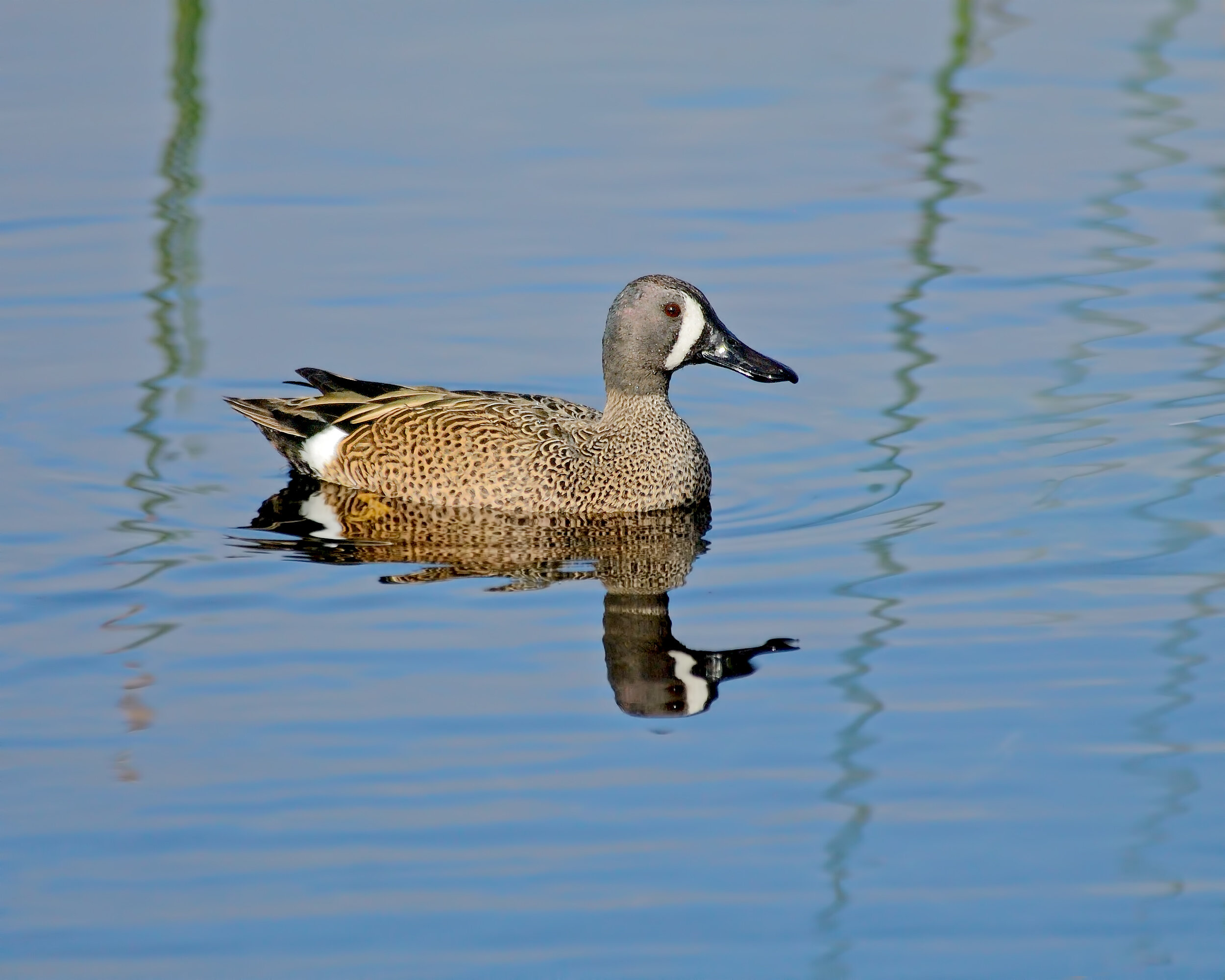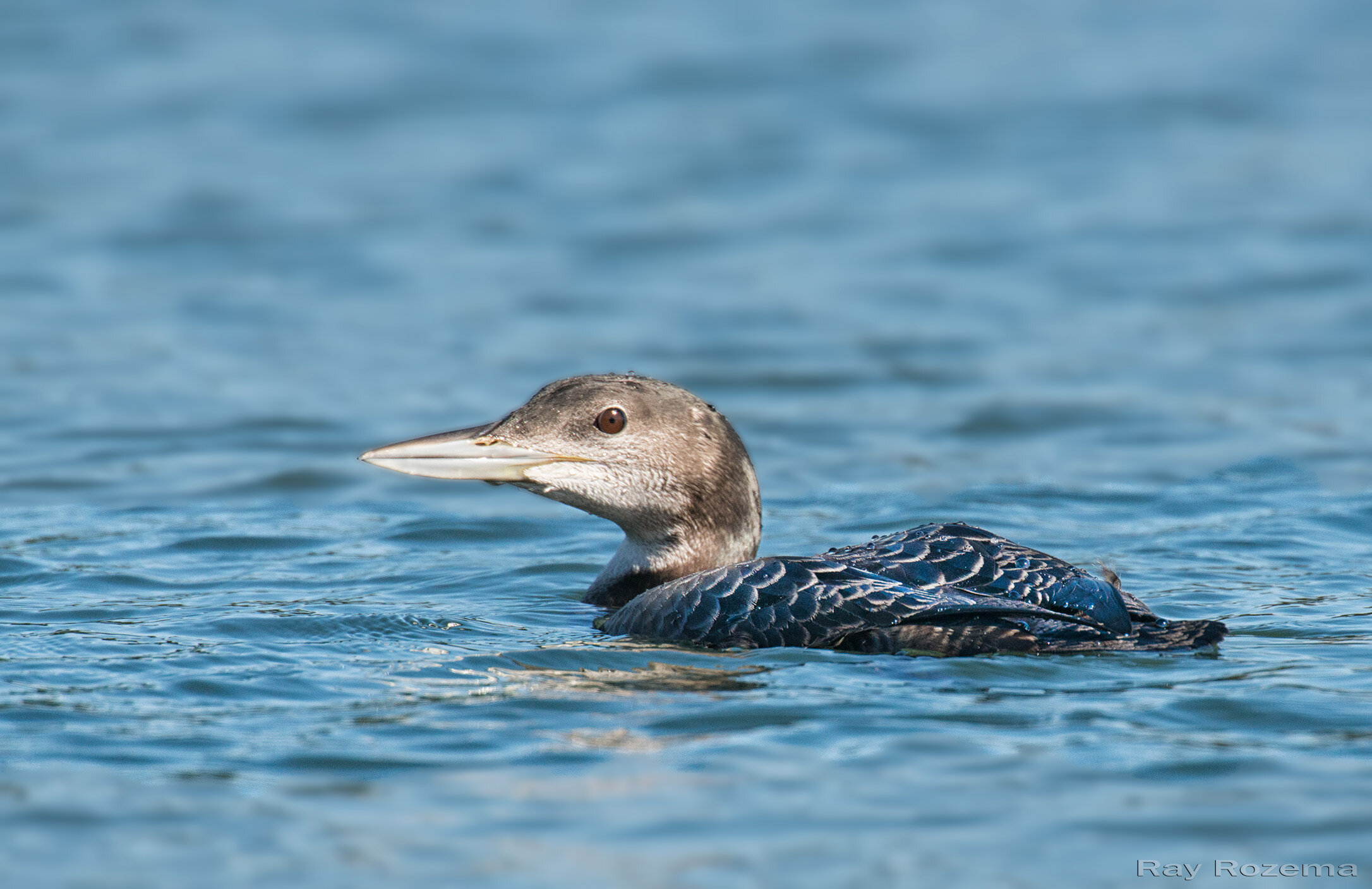SPRING
Welcome Spring! As spring arrives many of the ducks and geese that have spent the winter with us are headed for their summer breeding grounds. Migrant warblers and flycatchers drop into the area for a few weeks of excitement, while orioles, kingbirds, and other summer residents begin to arrive. Spring can be one of the birdiest seasons of the year. Here are some of the best local places to enjoy in the spring.
An interactive map of these locations can be found here or at the bottom of this page.
Walk the trails along the river and you may find Spotted Sandpipers, Greater Yellowlegs, Great Blue Herons, and Great Egrets hunting at the water's edge while Wood Ducks and Common Mergansers float along. Black Phoebes, Bushtits, and Acorn Woodpeckers are seen year-round. In the spring and summer, Ash-throated Flycatchers, Western Kingbirds, and Bullock's and Hooded orioles are all possibilities.
In the fall and spring, migrating songbirds such as Townsend’s, Hermit, Nashville, and Wilson’s warblers, as well as Bullock’s Orioles, and Black-headed Grosbeak may be spotted. In winter, California, American Herring, and Ring-billed gulls are the most common species. One might also see less common Glaucous-winged, Iceland, or Short-billed gulls.
More than 70 acres of riparian woodland adjacent to the Effie Yeaw Nature Center (EYNC) have been preserved as a nature study area within the American River Parkway. Because this birding spot is easy to reach and includes a variety of habitats, it is possible to sight more than 100 species during the course of a year. In the spring, migrating warblers move through the woods. The crowned sparrows return each fall, and winter brings the goldeneyes back to the river.
Known for its diverse habitats, William B. Pond has fast flowing water where riffles and gravel bars are present, sandy riverbanks, riparian woodlands, a nesting rookery, open areas and woodlands edges, plus a wonderful urban park. All these habitats draw in a great variety of birds making it one of the most popular birding locations along the American River Parkway.
An amazing number of rarities have been found here in the spring and fall: Eastern Wood-Pewee, Red-eyed Vireo, Northern Parula, and Chestnut-sided, Blackburnian, Bay-breasted, Blackpoll, Black-and-white, and Hooded warblers, and Rose-breasted Grosbeak.
Throughout the year informal trails provide access to the riparian forest. In the winter this is a good area for sparrows and wrens. During spring and fall migration, look for warblers, vireos, and flycatchers in the oaks, willows, and cottonwoods.
In spring, look for migrating warblers, vireos, flycatchers, and grosbeaks. In winter, look for Dark-eyed Junco, crowned sparrows, winter warblers, Ruby-crowned Kinglet, Cedar Waxwing, Red-breasted Sapsucker, and Hermit Thrush.
The Western Subspecies of Purple Martin is uncommon and declining, but the City of Sacramento is host to a few small breeding colonies that have adapted to nesting in “weep holes” under freeway overpasses.
The trail around the park is at its best during spring and fall migration with large numbers of sparrows, warblers, and kinglets in the canopy and on the ground.
Because of its varied habitat, a large variety of birds may be seen in North Natomas. Hawks and blackbirds inhabit the grasslands. In the right season shorebirds, ducks, geese, and swans fill the rice fields. Riparian areas are rife with titmice and woodpeckers year-round and migrant warblers in spring and fall.
The more than 45,000 acres around the Cosumnes River that make up the Cosumnes River Preserve have been designated as a Globally Important Bird Area with more than 300 species recorded.
With a mix of blue oak woodland, savanna, and expansive grasslands, a trip along Latrobe Road has a diversity of habitats and a real sense of remoteness.Typical foothill species such as Western Bluebirds, Lark Sparrows, and Lesser Goldfinches abound. Less commonly, you may encounter a Phainopepla and Lawrence’s Goldfinches. This area is under-birded and has a lot of potential.
An open country gem, a drive along Meiss Road can produce winter raptors and a variety of passerines. In spring and summer, this area has been fairly reliable for Lesser Nighthawks and Grasshopper Sparrows.
This year-round pond in West Sacramento near the eastern edge of the Yolo Causeway is one of the best places in California to see Blue-winged Teal each fall and winter. Additionally year-round resident Black-necked Stilts and American Avocets breed here in the spring.
This Global-Priority Level Important Bird Area now contains more than 25,000 acres and is just minutes from downtown Sacramento. Both seasonal and permanent wetlands are present as well as riparian woodland and valley grassland, providing habitat for a large variety of birds.
These two sites just west of the Sacramento River make for an excellent morning of birding in the spring and fall. When there is a good pulse of migrants, the woods can be hopping with warblers and other songbirds.
This vital remnant of riparian habitat has become a haven for warblers, flycatchers and other migrating passerines in the spring and fall.
This rookery is very active in spring with Great Egrets, Snowy Egrets, Western Cattle Egrets, Black-crowned Night-Herons, and occasionally Great Blue Herons nesting in a large stand of eucalyptus trees on private land.
The treatment ponds at this location have a fine history of attracting good shorebirds, gulls, and waterfowl. The peak season for finding rare shorebirds is from July through September, depending on water levels. Good numbers of shorebirds and gulls can be found in the winter, and spring migration can be productive as well.
The Nimbus Dam creates a narrow reservoir below Folsom Lake on the American River. It backs up water for nearly six miles, starting just upstream from the Nimbus Hatchery and the Hazel Avenue bridge. Open water attracts many water birds and the surrounding oak woodlands add to the species diversity.
The multiple locations described in this section (Folsom Point, Mormon Island Wetlands, Morman Island Lake Access, Brown’s Ravine, Falcon Crest, Sweetwater Creek trail to Folsom Lake, and Sweetwater Trail) can be done as individual short excursions or as a full day of birding, progressing from one stop to the next.
Beeks Bight offers foothill woodland habitat dominated by interior live oak, gray pine, and blue oak. The spring season provides the greatest diversity. Dozens of migrating and resident hummingbirds can be found feeding on flowers. Granite rock outcroppings prevail throughout and offer excellent habitat for Rock Wrens and Rufous-crowned Sparrows.
This is a great spring trip. Following the suggested route will result in a wide variety of habitats, including grasslands, farmlands, riparian corridors and open water, and will provide some of the best spring birding in the Sacramento Valley. This trip can be broken into a number of smaller excursions or taken on as a full day of birding.
A walk through the sanctuary is a delight in any season. Over 200 species of birds have been recorded. In summer, Swainson’s Hawk soar overhead. Great Horned Owl is common here. Wood Duck, herons, egrets, and Pied-billed Grebe can be found year-round. Springtime brings a variety of warblers as well as nesting Western Bluebird, Bullock’s Oriole, and Black-headed Grosbeak. In winter, sparrows, towhees, kinglet, Yellow-rumped Warbler, and Northern Flicker are among the common birds.
The area traversed by Sand Creek Road is a classic California landscape in remote Colusa County. This is the best site locally for Greater Roadrunners and among the best for Lawrence’s Goldfinches. California Thrashers and Bell’s Sparrows are commonly heard and often seen in spring, with Mountain Quail also often heard in the spring.
Lodi Lake Park is truly one of the premier birding areas in San Joaquin County. This reputation is well deserved as over 200 species (over 50% of the county's total bird list) have been observed within the boundaries of this 125-acre jewel along the Mokelumne River in north Lodi.

To use the map above, click on any icon. You’ll find the name and a brief description with a link to additional information. Alternatively, you can click on the square with an arrow in the upper left hand corner of the map to open a complete list of all the locations on this map. The map is easier to use if you enlarge it by clicking on the partial square in the top right portion of the map (hover your cursor over the partial square and it will say “View larger map”).
Banner Photo Credit: Wilson’s Warbler by Ray Rozema


























